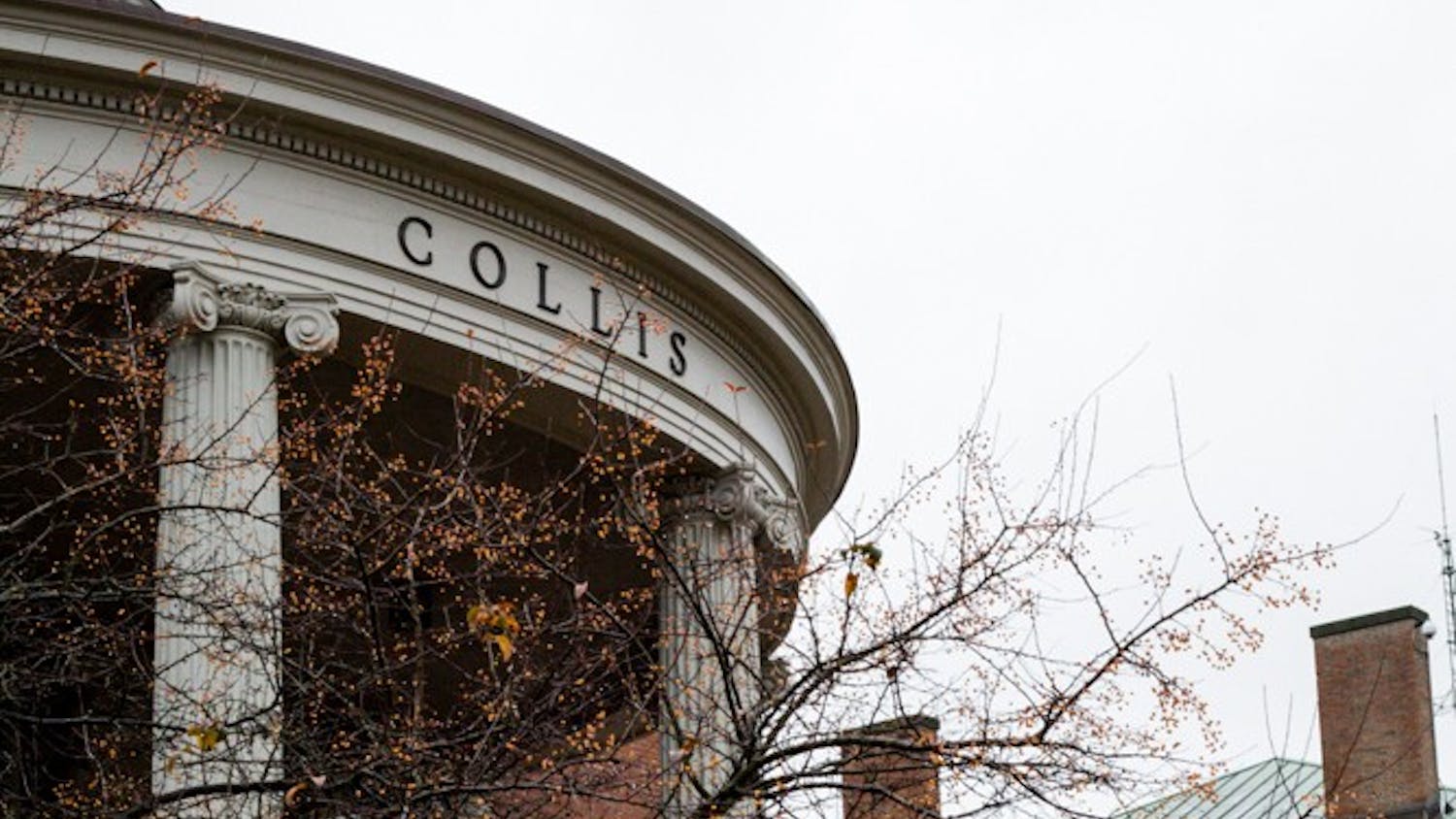The average Dartmouth GPA has risen steadily over the past four decades, according to a report from the Committee on Instruction, which will present its findings on grading practices in a meeting of the faculty of arts and sciences this afternoon. The report indicates that since the early 1970s, the average Dartmouth GPA has risen from around 3.05, or a B, to above 3.4, or a B+.
Data available through the office of the registrar’s website indicates that the two most common course median grades in 2013 were an A- and B+. Over the course of the winter, spring, summer and fall terms of 2013, around 42 percent of courses had a median of A-, around 24 percent of courses had a B+ median and about 19 percent had an A median. Approximately 4 percent of courses had an A/A- median, and another 4 percent had an A-/B+ median.
During the 2012-13 academic year, spanning from summer 2012 to spring 2013, approximately 41 percent of courses had an A- median, 25 percent had a B+ median and 18 percent had an A median. The distribution was similar in 2011-12, when about 40 percent of classes had an A- median, 27 percent a B+ median and 18 percent an A median. These percentages do not take into account courses with A/A- or A-/B+ medians.
Of the classes offered in fall 2013, 176 had A- medians, 121 had B+ medians and 75 had A medians. Chemistry 5 had the lowest median grade, a B-, and all four 200-student sections of Math 3 had a median of B/B-.
Median grades for courses that enroll fewer than 10 students are not released.
Faculty Coordinating Committee chair Leslie Butler said that the faculty meeting will be just the beginning of a discussion about grade inflation at the College.
“There’s not a lot in terms of action,” she said. “It’s really just a discussion — it’s the first time it’s come before the faculty.”
In its report, the Committee on Instruction said that after being charged by the dean of faculty to review grading practices and analyzing statistical trends, it found that current grading practices do not align with the guidelines in the Organization, Regulation and Courses catalogue published by the office of the registrar.
The report went on to state that inflated grades do not effectively communicate the quality of students’ work and can undermine Dartmouth’s credibility as an institution with high academic standards. The committee will seek comments and potential solutions from the faculty as it continues to study grade inflation and related issues.
Faculty member expressed concern about the continued elevation of student GPAs.
Geography professor Richard Wright said inflation at its current rate is unsustainable, adding that Dartmouth must take action.
“We can’t continue the way we’re going,” Wright said. “We can’t continue having a 0.01 increase every year into the future, you know, because at some point, everyone’s going to have a 4.0.”
Mathematics professor Sergi Elizalde said that inflation is not just limited to the humanities, though he believes that grading in math classes has inflated less than other areas.
Professors should have guidelines to combat the issue, Elizalde said.
Other professors said that the grade inflation problem has multiple causes, but it is likely connected to how courses are evaluated.
Economics professor Christopher Snyder said he theorized that the student course and instructor evaluation system administered at the end of each term creates incentives for professors to give higher grades.
“You look good as a teacher if you have high student evaluations,” he said.
Snyder said that he recently carried out an informal experiment in which he made the exams he gave slightly more difficult in the beginning of term and then later adjusted them back to normal levels to see how students’ perceptions of him shifted. He said he found that despite teaching the same material with the same approximate difficulty as in years past, he received more negative reviews by students.
“If you think you’re doing well, you feel kindlier to your professor,” Snyder said.
Faculty Coordinating Committee member John Carey said that discussion topics at the faculty meeting fluctuate from term to term, adding that grade inflation is a subject of contention.
“There are almost as many different opinions as there are faculty members,” he said.
Faculty meetings allow reporting committees to seek input and comment from the faculty and administration about their findings, Butler said.
Snyder, however, said he believed no immediate substantive action will come about as a result of this afternoon’s meeting.
“I’m quite sure nothing will be accomplished,” he said. “I don’t think there will be many fireworks going off.”
Wright stressed that the issue of grade inflation is not unique to Dartmouth.
Similar conversations at other Ivy League institutions have recently attracted national attention.
In December, Harvard University’s dean of undergraduate education announced that the median grade at Harvard is an A-minus.
Yale University formed an ad hoc committee to examine grades and found that nearly 62 percent of grades awarded by Yale in spring 2012 were in the A-range.
Princeton University is reexamining its grade deflation policy, which dictates that no more than 35 percent of students in any department may receive an A. Last fall, Princeton President Christopher Eisgruber tasked a faculty committee to review the policy.
During this afternoon’s faculty meeting, College President Phil Hanlon will deliver a report, and in addition to sharing their thoughts on grade inflation, professors will discuss Dartmouth’s priorities when allocating resources.




